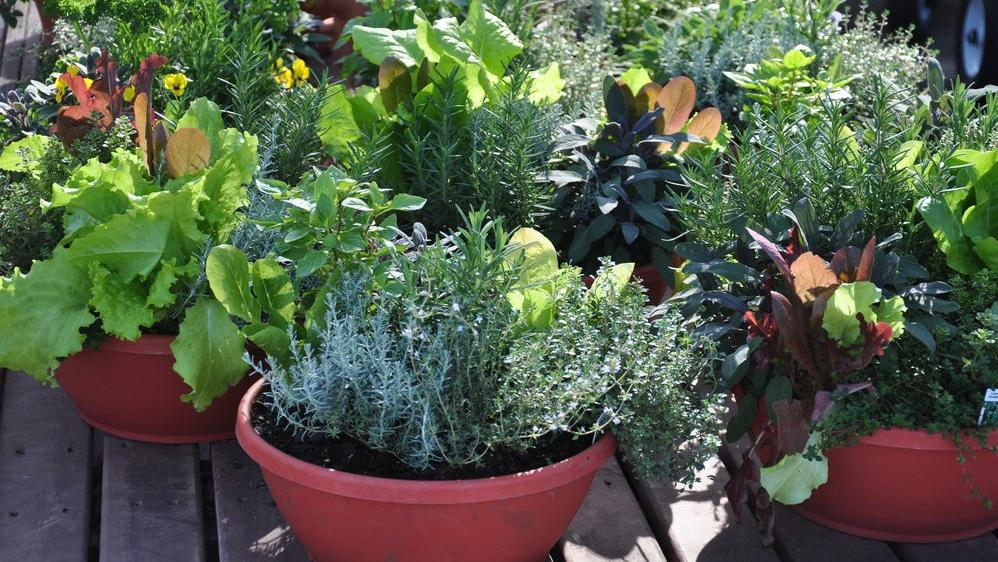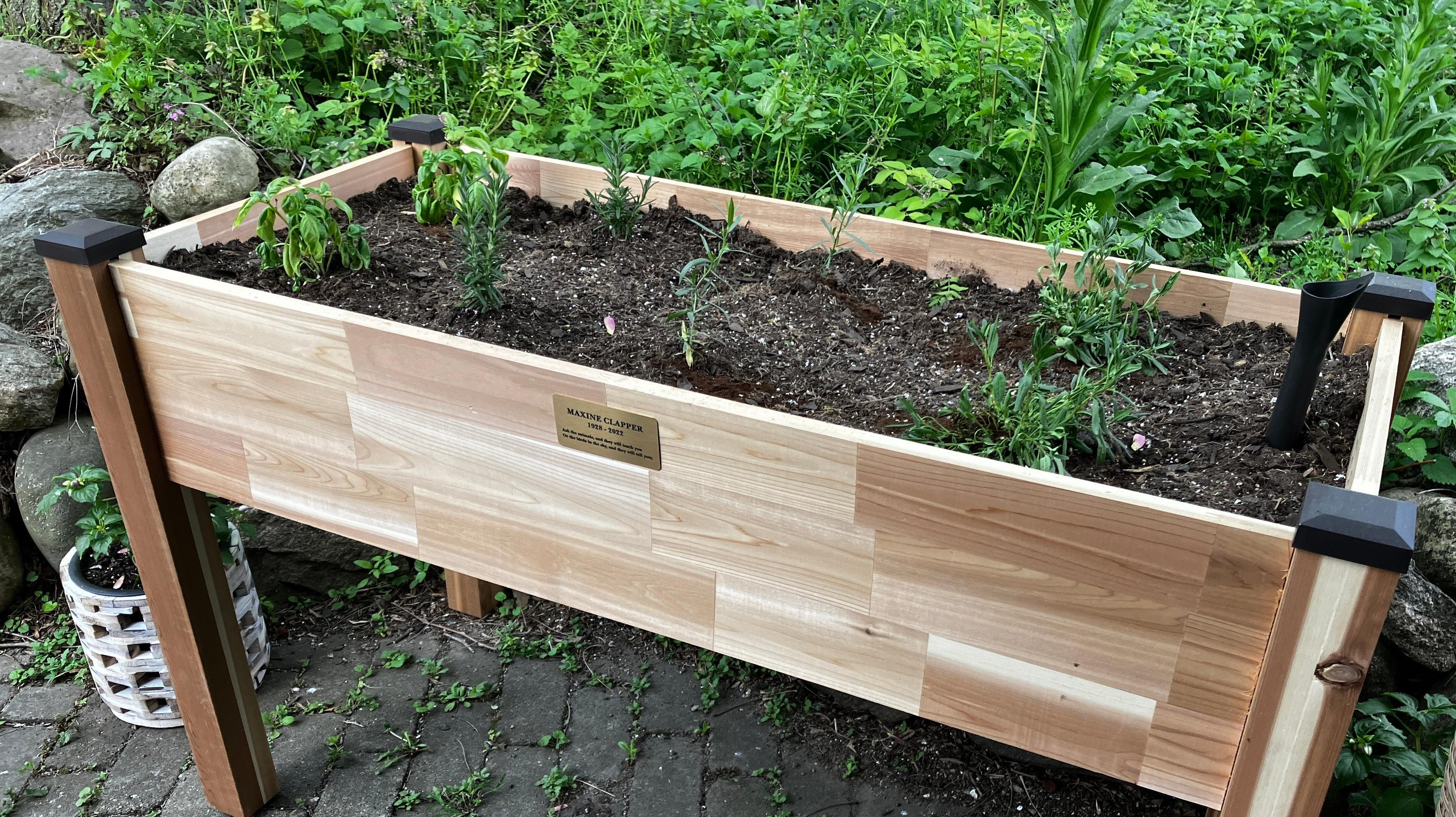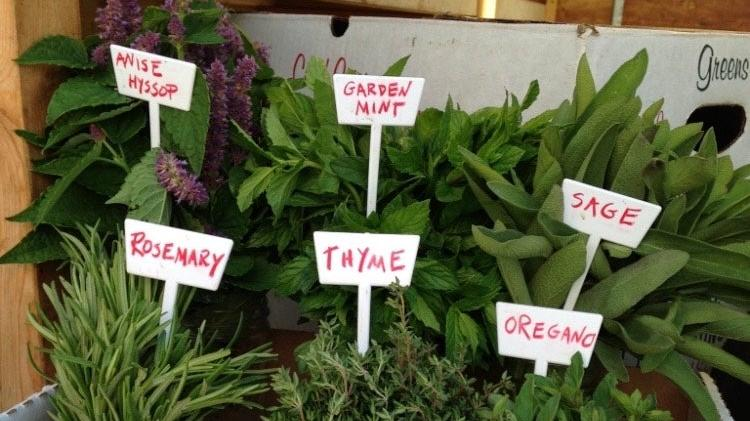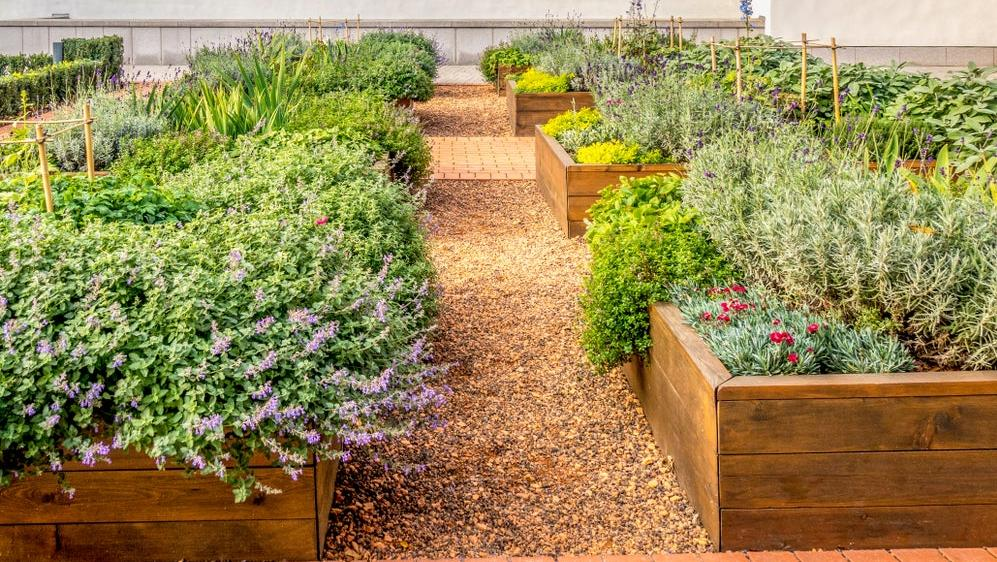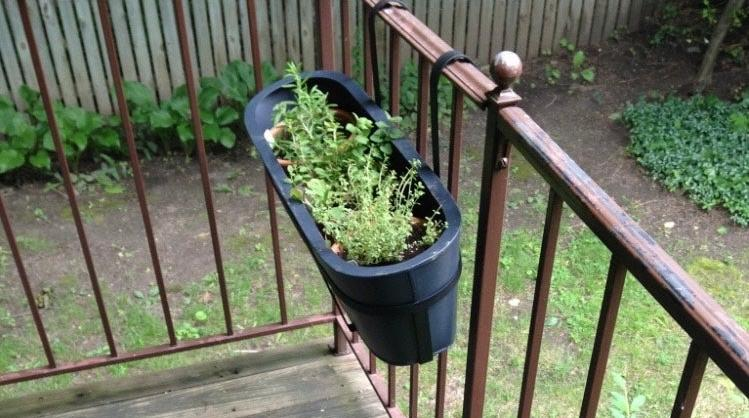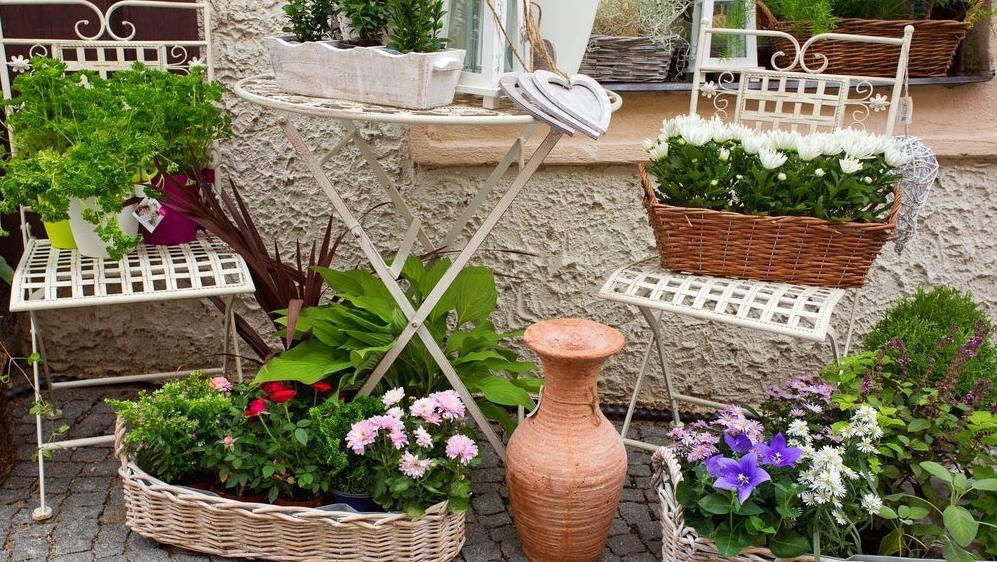5 Questions To Ask Before Planting Your Herb Garden
Whether windowsill, planter, or potager, consider these factors first.
In the middle of May, I got started on my herb garden. It's the one type of gardening I do year in and year out, no matter where I live. I've grown herbs in all kinds of conditions, from an actual kitchen garden (or potager) at one house to herbs on windowsills when my latest apartment lacked any outdoor space.
Most recently, I've grown herbs in planters on the deck. This year, my brother assembled a big cedar planter for me that I hope will be lush with herbs by this summer. Herbs are eye-catching, useful, and economic plants to grow, so it's easy for cooks to walk the aisles of a garden center and declare, "I want everything!"
However, it's best to think practically; there's no point in planting if the results are going to wither before the herbs can be snipped. Here are five questions to ask as you plan out your herb garden, to make sure nothing goes to waste.
What kind of light do I have?
Conventional wisdom says herbs grow best in direct sun. You might have seen photos of paths lined with rosemary in Tuscany, or manicured gardens in France that are awash in tarragon and lavender (yes, lavender can be considered a culinary herb). If you have a sunny spot, you're in great shape. But a number of herbs like shade and even do well without much sun. Be sure to check the location where you'll be growing and match it to your choice of herbs.
What will I actually use?
Check your fridge and pantry. Which herbs are you constantly replacing, and conversely, do you have any jars of dried herbs that are crumbling to dust? If that's the case, don't grow that variety. It's clear you don't get enough use out of it. Likewise, if you run out of oregano before each year's tomato crop, by all means, plant plenty. This year, I'm growing hyssop in an attempt to follow chef Zach Engel's instructions for making za'atar.
What can I maximize?
We've all encountered recipes that require a quarter teaspoon of some herb or spice, and we can't fathom what else we'd use it for. In considering what to plant, think about which herbs you can get the most use out of on a regular basis. I love to grow basil because it comes in so many types: conventional Italian basil, spicy Thai basil, tiny leafed globe basil, lemon basil, purple basil, and basil's Japanese cousin, shiso. I can use basil in pesto, salads, stir fries, sorbet, and in flavored salts and oils. If there's an herb you like to add to a variety of dishes, add it to your garden.
What is easy (or thrifty) to grow?
As much as I love basil, it requires constant watering and it is susceptible to cold snaps; I wind up replacing a plant almost every year because I jumped the gun and planted before Michigan's final freeze of the season. Rosemary, on the other hand, seems to thrive without much water and withstands cold. It's fine if you ignore it, and it bounces back without a drought. Dill will astonish you will how enormous the plants can get, providing you with lots of feathery tendrils. I've had thyme survive a Michigan winter and rebound in the spring, even though it is supposed to be an annual. Cilantro is easy to grow from seed. Be realistic about the amount of work you're willing to put in, and plant according to that.
What looks pretty?
Sometimes, the lush appearance of an herb garden alone makes it worth the effort. Mint is sometimes a gardeners' scourge because it spreads like crazy, but its leaves are lovely and it smells wonderful on a warm summer night. (I definitely recommend growing mint in containers.) Lemon balm is another plant with pretty foliage and an inviting scent. Sage might remind you more of Thanksgiving, but it is wise to include a few sage plants, especially the variegated type with the beautiful stripes.
Anything you grow will save money compared with those bunches of herbs in little plastic boxes at the grocery store. And if any part of your herb garden fails on you, a friendly grower most likely can bail you out at your local farmers market.
